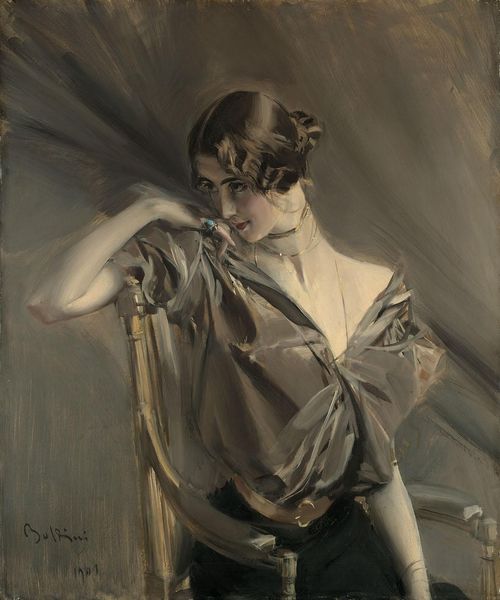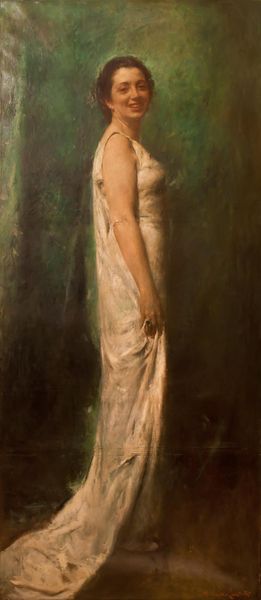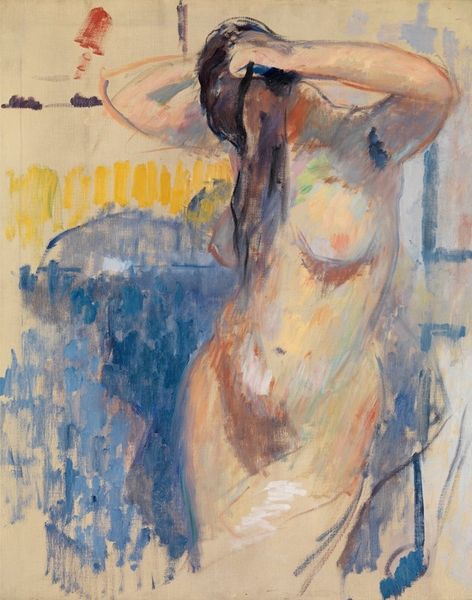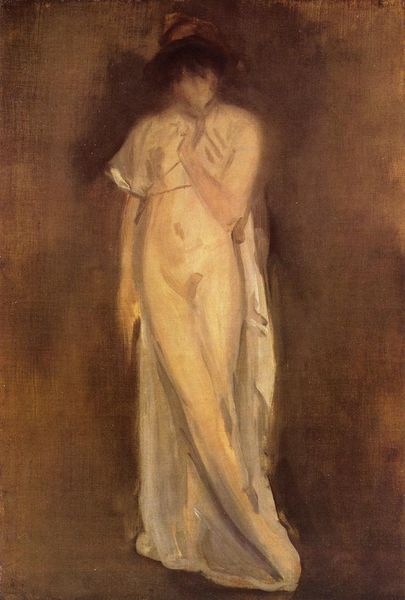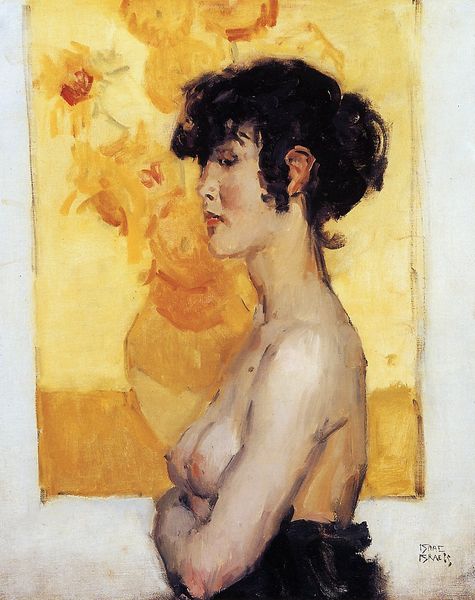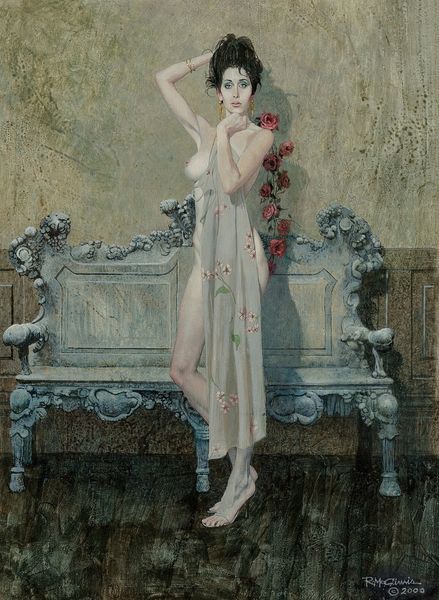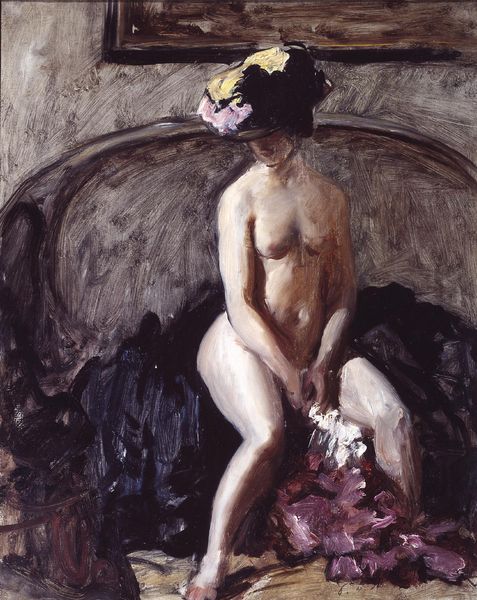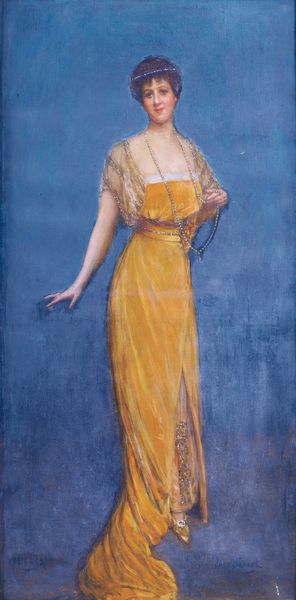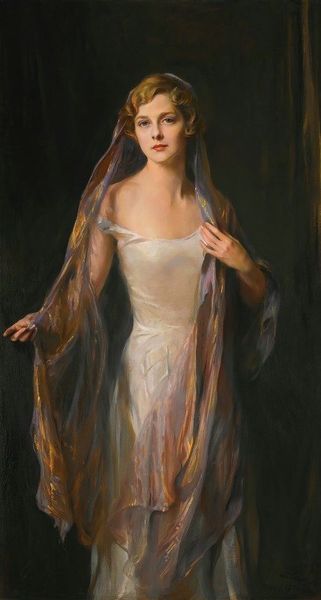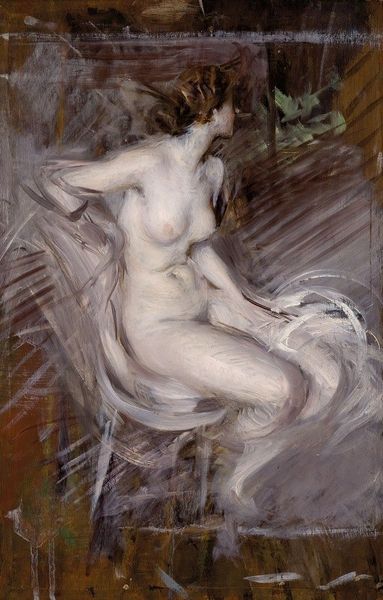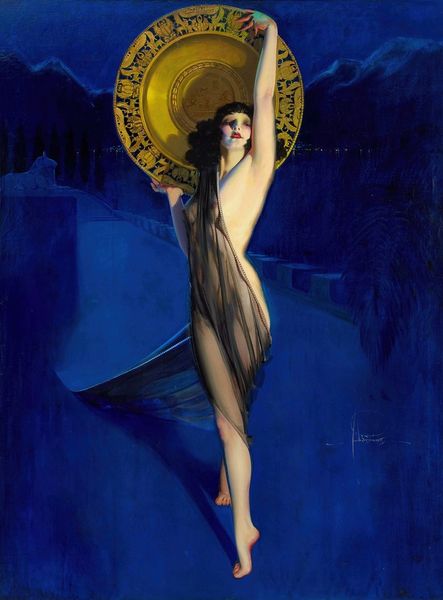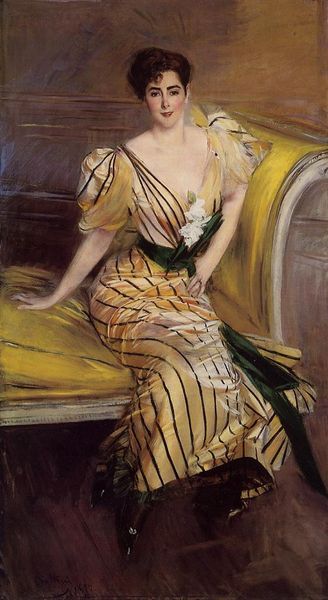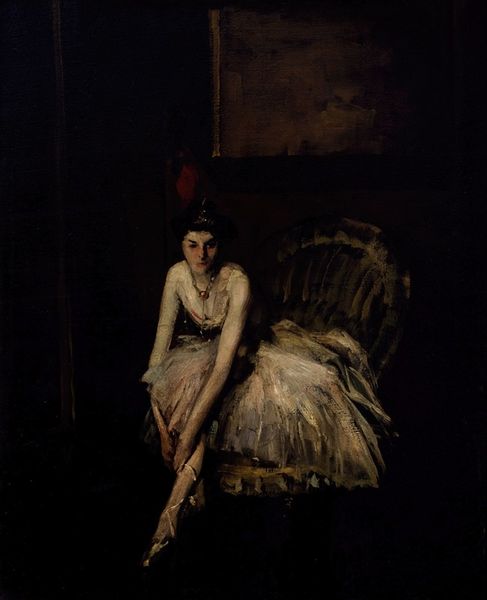
The spider 1884
0:00
0:00
nikolaosgyzis
National Art Gallery (Alexandros Soutzos Museum), Athens, Greece
oil-paint
#
portrait
#
narrative-art
#
oil-paint
#
charcoal drawing
#
figuration
#
form
#
oil painting
#
line
#
symbolism
#
charcoal
#
nude
Dimensions: 71 x 51.5 cm
Copyright: Public domain
Curator: This compelling oil painting, titled "The Spider", was created by Nikolaos Gyzis in 1884 and resides here at the National Art Gallery in Athens. What’s your initial read? Editor: There’s an ethereal quality to it. Almost ghostly, this figure emerging from shadow, caught within… well, what appears to be a spider’s web. There’s something very fragile and tense about it. Curator: It certainly invites varied interpretations. Given the date, one might view this work through the lens of emerging discourses around female representation in the late 19th century. The woman, seemingly trapped, can be read as a symbol of societal constraints placed on women, spun like a web to limit their freedom. Editor: The web imagery, of course, has potent and multifaceted symbolism across cultures. It’s interesting that Gyzis chose that, perhaps pointing to vulnerability, being ensnared. But spiders themselves often represent creation and intricate design; they are weavers. I’m compelled by the contrast between those two readings here. Is this captivity or a process of crafting? Curator: Precisely! The pose—arms outstretched— could signal either entrapment or an act of weaving, or perhaps, even a beckoning. Considering feminist interpretations, we might explore the woman’s agency, how she navigates the web, possibly reclaiming it on her terms. Editor: Absolutely. The colour palette is striking, too. Those muted greys and ochres create a sombre mood but, at the same time, the woman seems illuminated, as though imbued with an inner strength, ready to challenge those shadows. The darker spaces around her feel almost cavernous and unknown. There are definitely deep mythic and archetypal undercurrents at play. Curator: That’s insightful. Considering Gyzis’s background, one might analyze how his Greek cultural heritage influences this symbolic rendering. Spiders in mythology appear often as fate weavers or creators; weaving narratives that connect with identity. We might consider his choices to present women in such narratives of empowerment versus oppression. Editor: For me, "The Spider" reveals a captivating exploration into universal motifs of power, vulnerability, and the intricate structures that shape existence. Curator: Ultimately, Gyzis presents a work where, the female form itself acts as a battleground for cultural tensions and evolving identity in Greece.
Comments
No comments
Be the first to comment and join the conversation on the ultimate creative platform.
